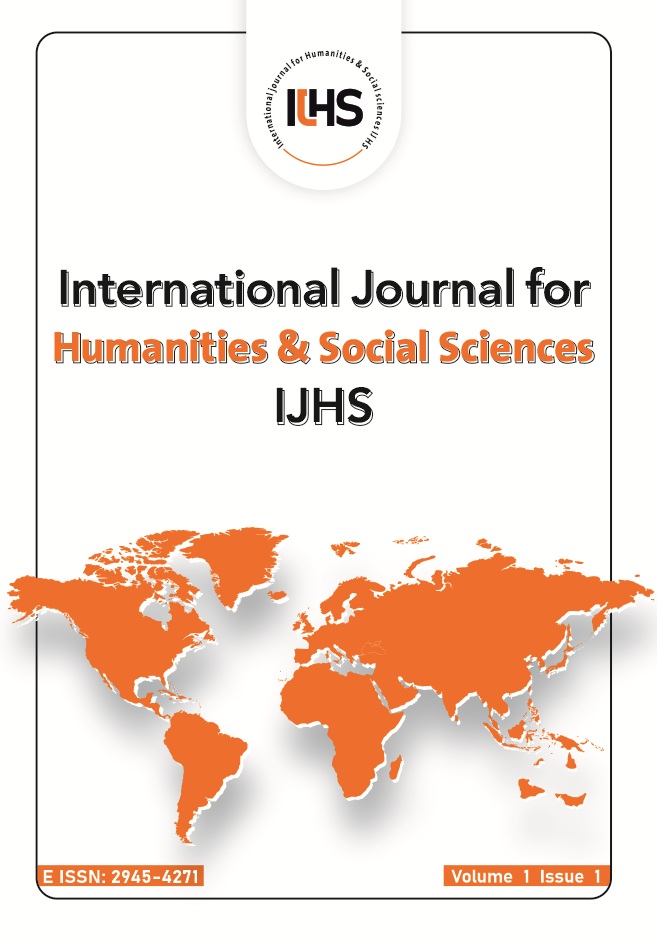PRAGMATIC ISSUES ON MODERN ADVERTISEMENT SLOGANS
Main Article Content
Abstract
In this paper, the pragmatic issues in both print and electronic media were examined. We focused on the non-linguistic elements in targeting message. We also considered how linguistic elements interfere with non-linguistic ones in communicating message. The paper investigated some crucial pragmatic issues in modern advertisement slogan. We discovered the role of both linguistic and non-linguistic elements in conveying messages from the advertisers to their audience. We also found out that context play a vital role in the choice of language use in advertising. We discovered a drastic semantic distortion or obstacle in modern advertisement slogan as a result of some pragmatic loopholes inherent in advertisement such as ambiguities, anomalies and deifications. It was also found out that advertisers do objectify experience at the expense of their customers. We concluded that there are some pragmatic squabbles facing advertisement. Our data was collected through bill boards, graffiti news papers, magazines etc. And the work was framed on Bach and Harnish (1979) theory of mutual contextual belief.
Article Details

This work is licensed under a Creative Commons Attribution 4.0 International License.
International Journal for Humanities and Social Sciences (IJHS) is licensed under the http://creativecommons.org/licenses/by/4.0, which allows users to copy, create extracts, abstracts, and new works from the article, alter and revise the article, and make commercial use of the article (including reuse and/or resale of the article by commercial entities), provided the user gives appropriate credit (with a link to the formal publication through the relevant DOI), provides a link to the license, indicates if changes were made, and the licensor is not represented as endorsing the use made of the work. The authors hold the copyright for their published work on the IJHS website, while IJHS is responsible for appreciate citation of their work, which is released under http://creativecommons.org/licenses/by/4.0, enabling the unrestricted use, distribution, and reproduction of an article in any medium, provided that the original work is properly cited.

